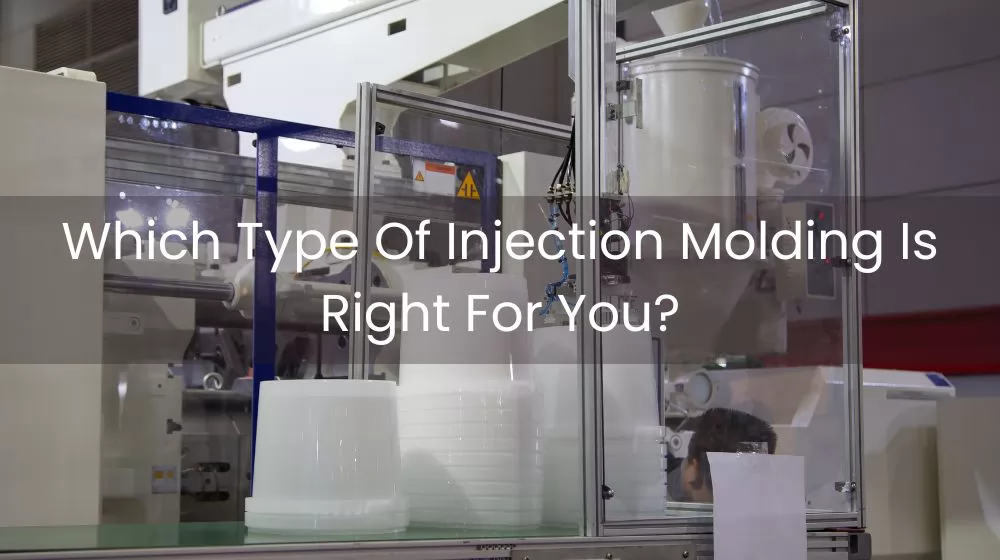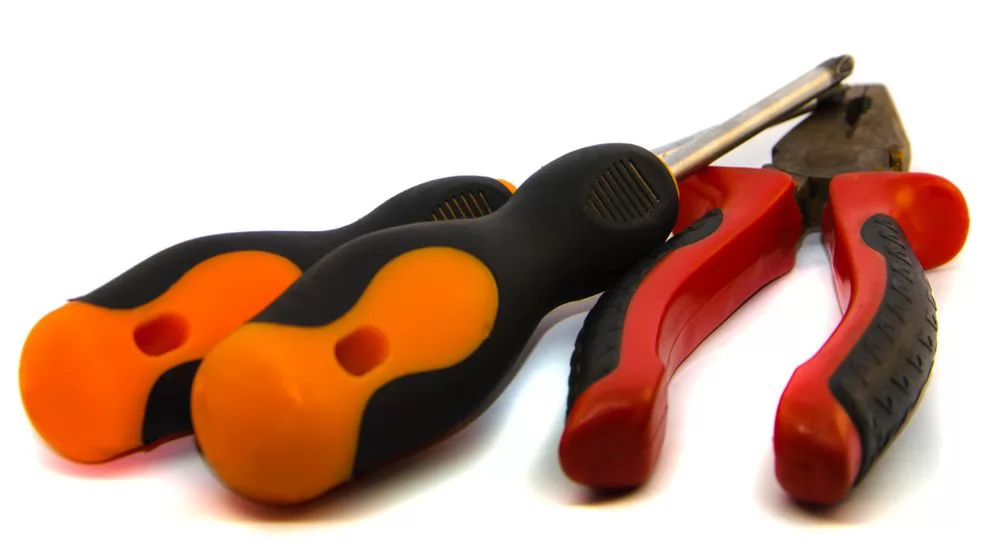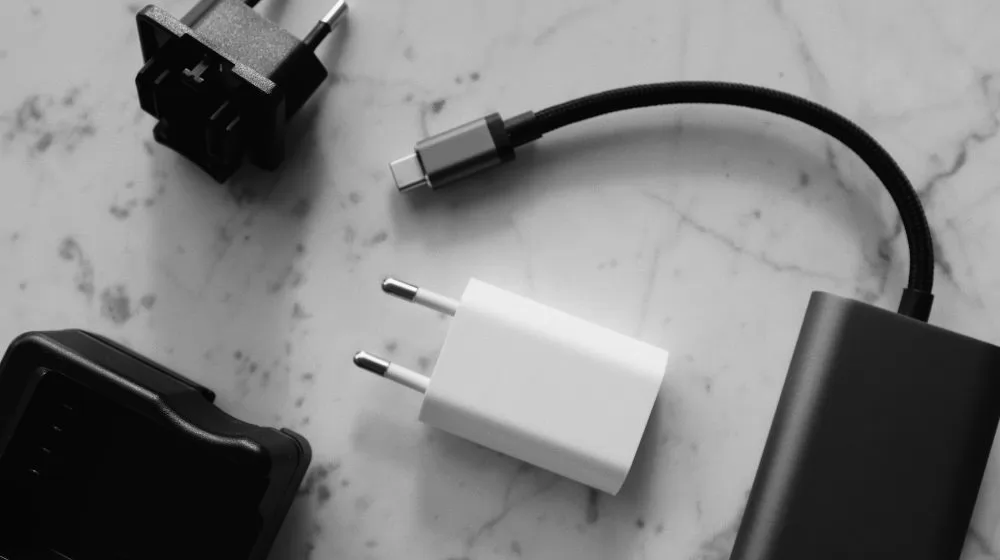
Injection molding is a versatile manufacturing process used in a wide variety of industries to produce complex parts with high precision and efficiency. With so many types of injection molding available, it is important to understand the properties and suitability of each type for different applications. In this article, we explore nine types of injection molding and discuss their unique characteristics, benefits and suitable use cases.
Article Directory:
1. Traditional injection molding
Conventional injection molding, or conventional injection molding, is the most widely used type. It involves injecting molten material into a mold cavity using a reciprocating screw. This method works with a wide range of materials and can produce complex shapes with high precision. It is suitable for a variety of industries including automotive, consumer goods and electronics.
2. Insert molding
Insert molding combines plastic molding with other components or materials. It requires the preformed insert to be placed in the mold prior to the injection process. This type facilitates the integration of metal components such as threaded inserts or electrical connectors into the final product. Insert molding finds applications in electrical connectors, medical devices, and automotive components.
3. Overmolding

Overmolding involves molding one material (usually a soft or elastic material) over another substrate. This technology enhances grip, improves aesthetics, and adds extra functionality. Overmolding is commonly used to produce handles, grips and electronic devices, where comfort and tactile feedback are critical.
4. Micro injection molding
Microinjection molding is suitable for ultra-precise parts with complex geometries, typically in the micron range. Specialized equipment and technology are used to produce the small precision components required in industries such as electronics, medical devices and automotive. Microinjection molding enables the manufacture of complex parts with high precision and repeatability.
5. Multi-shot injection molding

Multi-shot injection molding, also known as two-shot or two-shot molding, allows parts of multiple materials or colors to be produced in a single mold. This eliminates the need for post-molding assembly, reduces production time, and enhances product functionality. It is widely used in industries requiring complex designs, such as automotive interiors and electronic equipment.
6. Gas Assisted Injection Molding
Gas-assisted injection molding uses high-pressure gas to create hollow parts or displace molten plastic during the injection process. This technique reduces material usage, minimizes sink marks, and increases part strength. Gas-assisted injection molding is ideal for producing large, thick-walled parts such as automotive panels, furniture components and structural parts.
7. Foam injection molding
Foam injection molding creates parts with a foam structure by injecting a blowing agent into molten material. The resulting foam reduces material consumption, enhances insulation, and reduces weight. Foam injection molding finds use in lightweight applications in the automotive industry as well as in cushioning and insulating packaging.
8. Liquid injection molding

Liquid injection molding (LIM) utilizes liquid silicone rubber (LSR) as a raw material. LIM offers exceptional part quality, durability and heat resistance. It is widely used in medical devices, baby products and automotive applications where biocompatibility, flexibility and heat resistance are critical.
9. Co-injection molding
Co-injection molding, or sandwich molding, involves the simultaneous or sequential injection of two different materials into a mold cavity. By using core and skin materials, this technology can improve part aesthetics, enhance performance or reduce cost. Co-injection molding is used in a variety of industries, including packaging, appliances, and automotive, where material optimization and design flexibility are critical.
Conclusion
Selecting the correct type of injection molding is critical to achieving desired product properties and meeting specific application requirements. Each of the nine injection molding types discussed in this article has unique advantages and is suitable for specific use cases. Injection molding manufacturers should carefully evaluate their needs, considering material properties, part complexity, and desired results, in order to select the most appropriate type of injection molding for their project.
Our professional injection molding services include mold making, mold design analysis and plastic mold making. We can help you manufacture high-quality injection molds to create durable and reliable plastic molded parts. Our engineering team has the skills and experience to provide the best injection molding solutions. If you have needs in this area, please contact us, and we will customize the most suitable injection molding solution for you.


